The first Mezuzah in Iceland?
13.5.2020 | 07:00
Once in a while a serious researcher of all things Medieval as well as few things Jewish, has to loosen up and present a silly hypothesis, just like most other archaeologists in Iceland. Mostly not-present in Iceland, I am technically not an Icelandic archaeologist and clinically my gene-pool supports that fact.
In the most resent years the stray Jews who have been cast ashore in Iceland - of all places - have most likely been affixing kosher mezuzoth on their doorposts with the help of a Chabad Rabbi. That´s what Jews are supposed to do, I presume. For my non-Jewish readers, who haven´t got the faintest idea what a mezuzah (Plur. Mezuzoth) is, I will give the X-short version. Look for more information on the 3xW:
Mezuzah (Lit. “doorpost”) is a small parchment scroll upon which the Hebrew words of the Shema Israel (a central part of the daily Jewish prayer) are handwritten by a scribe. Mezuzah scrolls are rolled up and put into a container (case) and affixed to the doorposts of Jewish homes, designating the home as Jewish and reminding those who live there of their connection to G-d and their heritage.
A couple of days ago, after I had posted my short essay on the Múli-Madonna (a late 13th century statue in a tabernacle) erroneously dubbed the Madonna from "Mule" - Tabernacle Madonna from the now non-existent church at Múli in Ađaldalur (N-Iceland), I was struck by what I thing is a great idea. The idea has now evolved into the fragile form of hypothesis, a phase many Icelandic scholar-colleagues seem to be less acquainted to than the ultimate Icelandic theories (kenningar) which can never be discussed as it seems. In my mind the process from an idea to a theory is very long, but now I am eager to make me a personal dispensation.
Is it a Mezuzah or a miniature turret on the right sight of the cottage of the Holy Mother, and the left turret is missing?
The Madonna statue is normally kept in the National-Museum of Denmark. Some Danes bought the Madonna from a drunken reverend for a bottle of booze in 1859. Presently, however, the late 13th century Madonna from Iceland is at an exhibition at the Episcopal Museum in Vic/Barcelona, which due to the Corona-pandemic was closed less than a week after it opened.
Art-historians in Spain refer to a newly discovered Madonna statue in the Arran-valley in Catalonia, which should have great similarities to the Madonna from Múli. Without have seen the sister-Madonna from Arran, I would not have bought any direct comparisons made between alter-pieces in Spain and Iceland. Norwegian art-historians would most likely argue that the Madonna from Múli was made in Norway, simply because she is carved out of one log of pine-tree. The pine-tree has for a long time be the only criteria for some art-scholars to decide a Scandinavian origin. Thus early Norwegian art-historians argued that every other relic from Catholic-Iceland 1000-1500 AD was Norwegian. But we also know that local patriotism often makes the wisest of people blind.
However, Pine (Pinus) trees and Spruce (Picea) also grow in the Arran-valley and Spain, and pine is a material easier to work with and considerably lighter to carry, when the icons are carried around in procession. The Madonna from Múli is a brown-eyed bella, in contrast to the Norwegian ones, who are blue-eyed like most present day-Norwegians as well as most Icelanders.
During a close-up investigation of some high resolutions photographs of the Múli-Madonna, I discovered a small detail, no-one has bothered to mention in previous descriptions of the Madonna from Múli. This is a small half-cylinder wooden piece affixed over the right door-side of the Múli-Madonna tabernaculum (which literally means a small hut in Latin). A closer look at this vertically placed cylinder, gave me the idea that the artist was trying to show a mezuzah. Mary (of course originally being a true Jew) would have had such a sign on her door-post in the heavenly Jerusalem. In medieval Spain Jews affixed the mezuz in a vertical position, opposite to the the method of it by the Ashkenazim, who placed it on a door-post with the top end slanting inwards in to the house of Jews (position 11 o clock).
Like the Torah-cases of the Sephardim-Jews, the their mezuzoth were cylindrical to indicate the vertical position of the Torah-scrolls in the Aron Hagodesh (the Torah Ark). On the Torah-shaped addition on top of the right-side door post of the tabernacle of the Múli-Madonna, there is painted a white tablet in the traditional medieval form of depicting Moses´ tablets of stones (luchot), which quite often are shown as only one tablet in medieval art.
Inside a Mezuzah there is a blessing on a piece of specially prepared parchment, called the Klaf. The contents of the legend on a klaf is carefully prescribed in various Rabbinic literature of different eras and places in Europe and elsewhere. In the Sefer Maharil, a collection of various halakhic statements by Rabbi Jacob ben Moses of Mulin (Mölln in Holstein) we read the following*:
» And our teacher Rabbi Jacob Segal said he had affixed a mezuzah in the opening/gate of his yard, even if it is a place of filth [and ] urine and the like; only He covers the mezuzah on all sides. And also the cavity, because it is usual to leave an opening [in order] to see there the word Shaddai. Shaddai ["Almighty"] is on of the biblical names of the Lord, but possibly also serves in the Klaf of the Mezuzah as an acronym for Shomer Daltot Yisrael, (Guardian of Israel´s doors). Many mezuzah cases are also marked with the Hebrew letter Shin, an abbreviation of Shaddai. «
Also the phrase Adonai Eloheino Adonai, the fourteen letter name of God was written on the back of the klaf, which could bee seen through an opening.
The fourteen letter Name
Thus I prepose that the tablet-like opening on the affixed Thorah-like wooden item affixed to the shrine of the Múli-Madonna, is a an opening to be able to see the klaf and the word Shaddai - or merely the the letter Shin.
Well, believe me or not. My hypothesis is that the Madonna from Múli might very well show us some Iberian influences after all. The issue is now open to discussion.
Here is my own front-door mezuzah, modern and childish like myself. It is made from Jerusalem-limestone and wonder-clay. The letter shin, which cannot be shown in the type-set of this blog, can bee seen above Noah and his two animals - which opens still another important question: Did Noah have a mezuzah and can one affix a mezuzah on ones house-boat or ones yacht, or is that a new-business opportunity?
Author: Vilhjálmur Örn Vilhjálmsson, Ph.D.
* The reference to the above rabbinic prescriptions for the Mezuzoth, I have nicked from the exceptionally interesting and well written doctoral thesis by Eva-Maria Jansson: The Message of a Mitsvah; The Mezuzah in Rabbinic Literature, defended at the University of Lund in Sweden, an published in the series Skrifter Utgivna av Sällskapet för Judaistisk Forskning 8, Lund 1999. Jansson´s work should really be read by all serious rabbis engaged in the business of affixing mezuzoth.


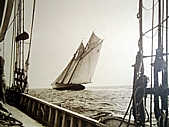
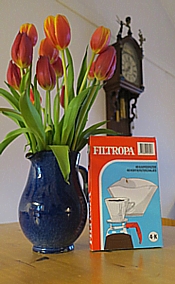
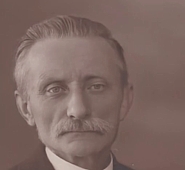

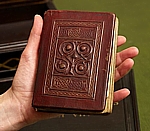

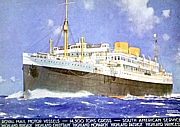

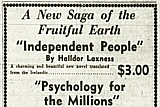




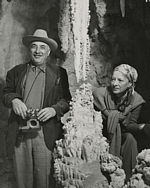

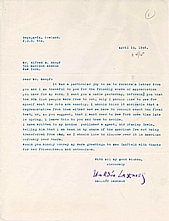

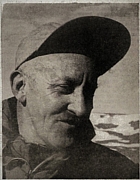
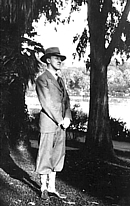


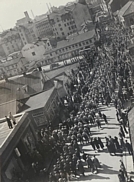


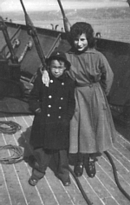
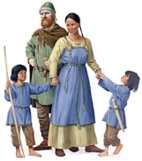


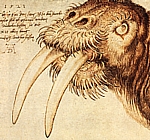

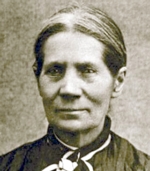
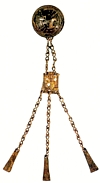
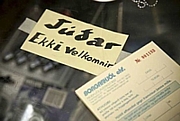



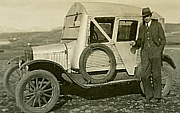
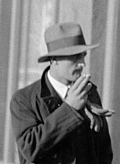
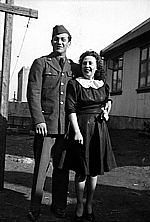
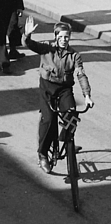

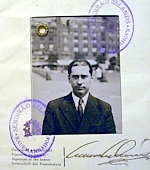

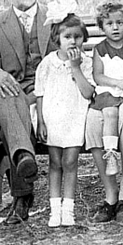
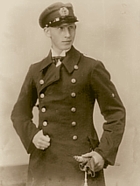

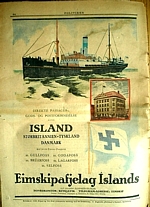





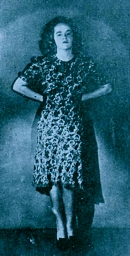
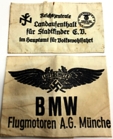

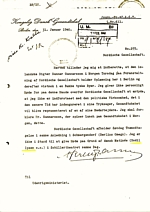


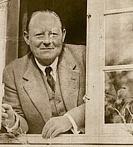


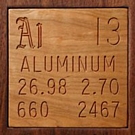

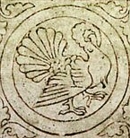


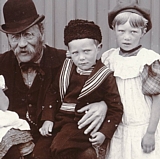
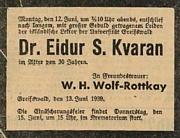
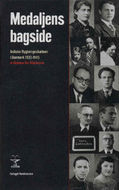
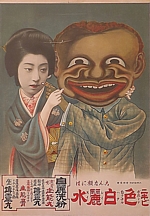

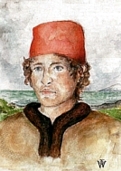
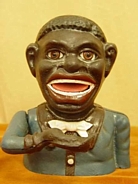
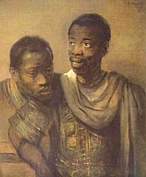

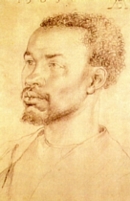
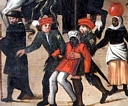
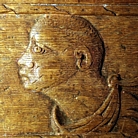
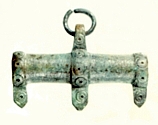

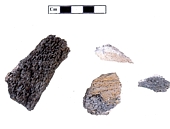
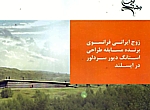
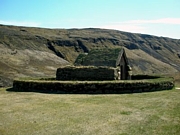
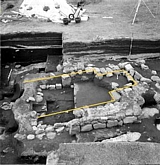

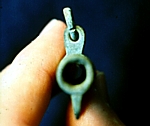

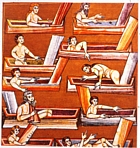
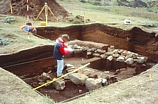
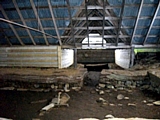


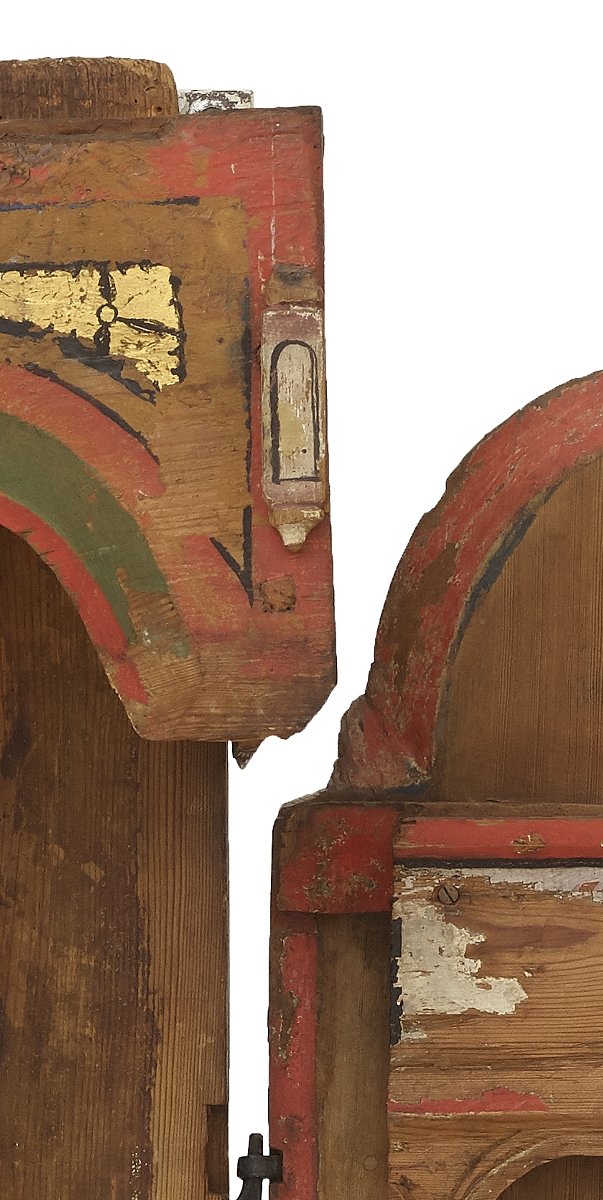
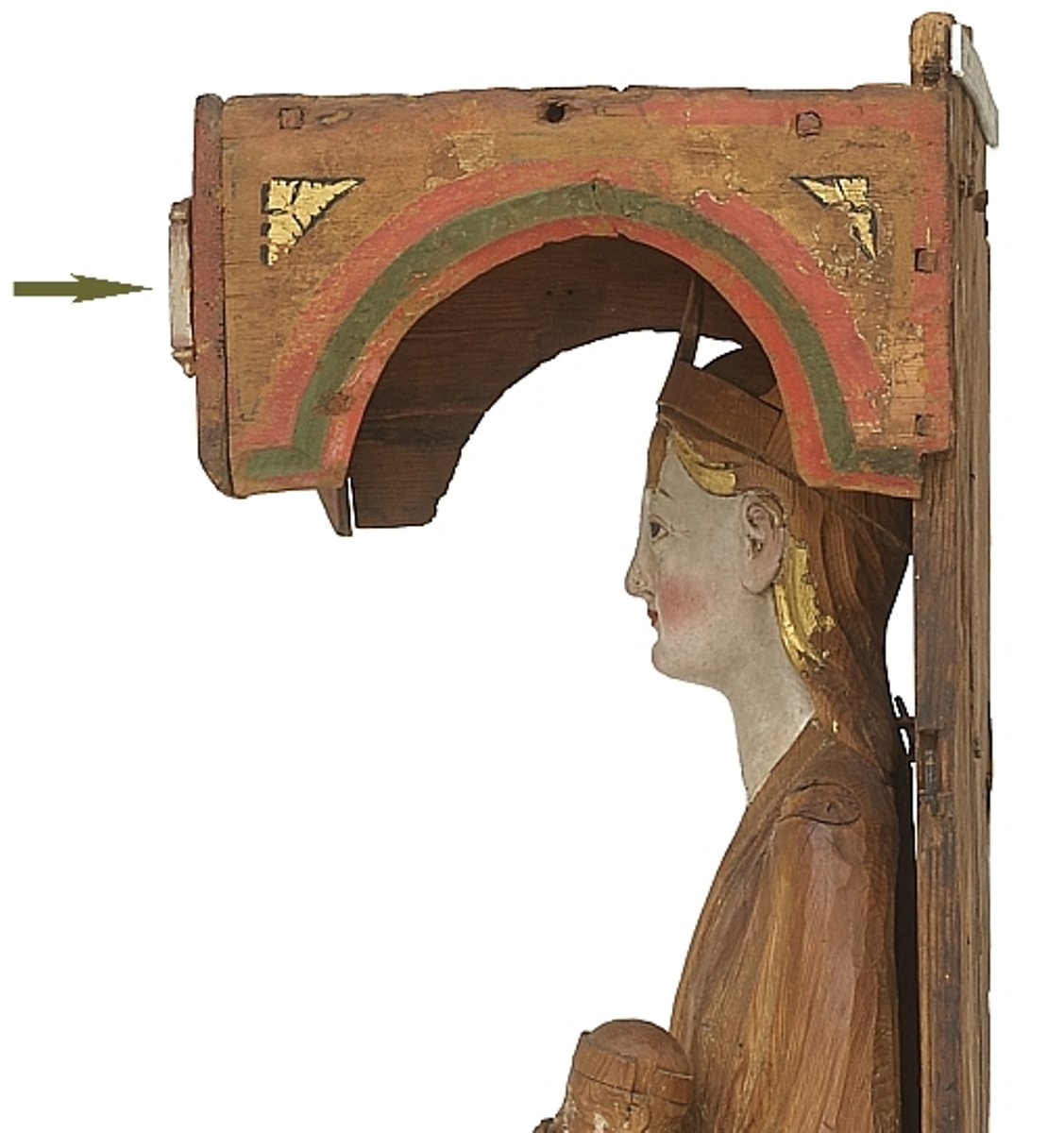
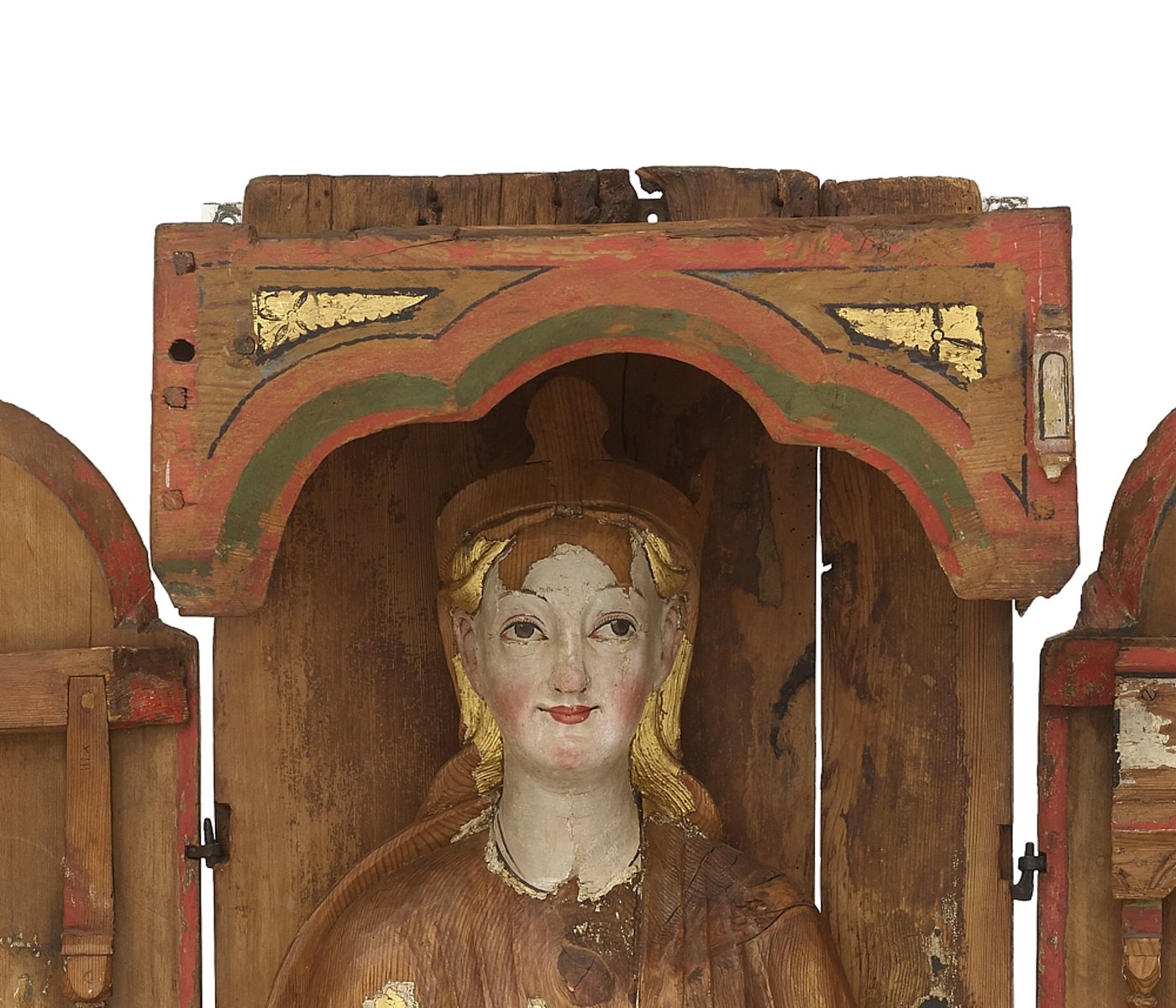
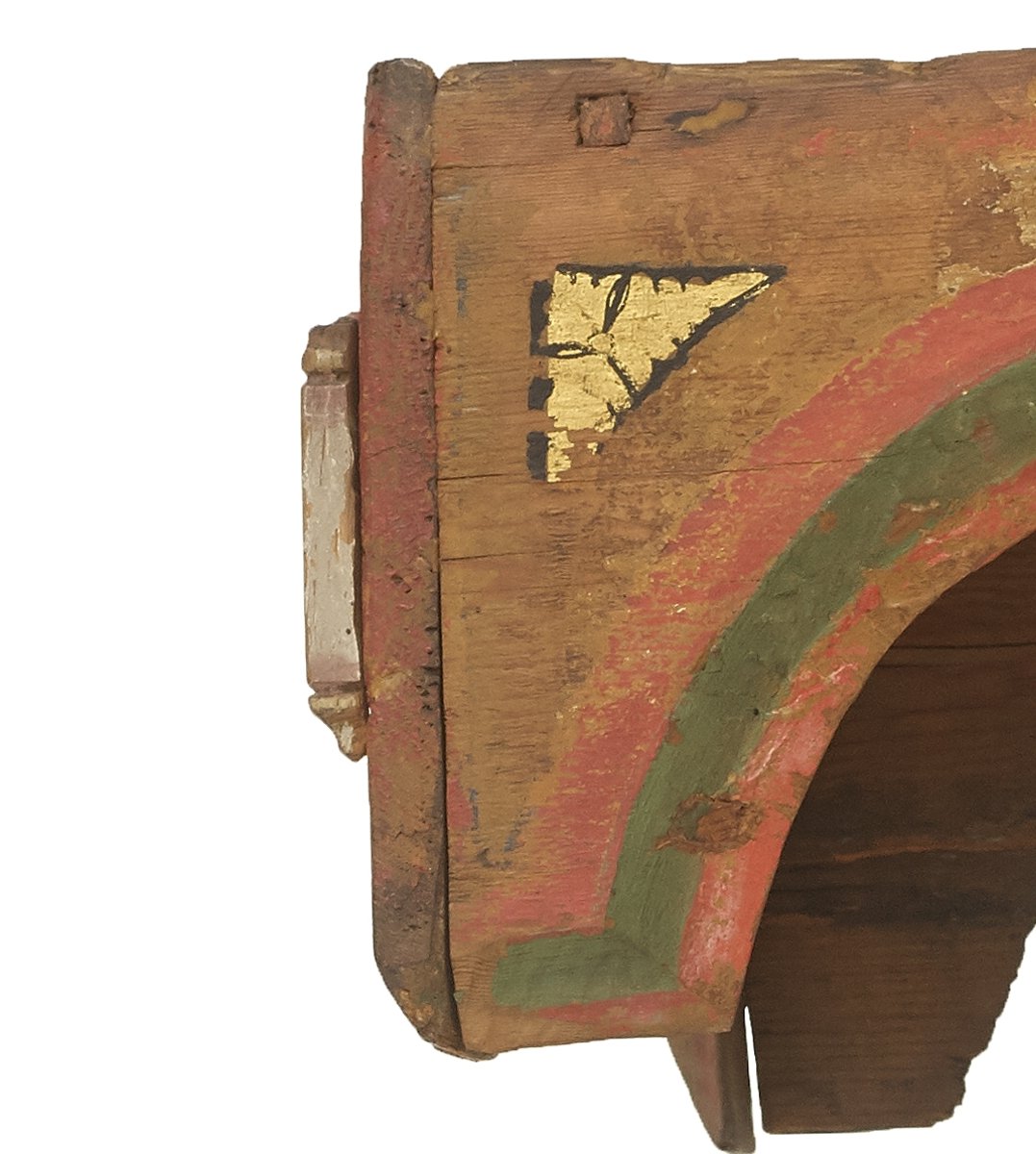
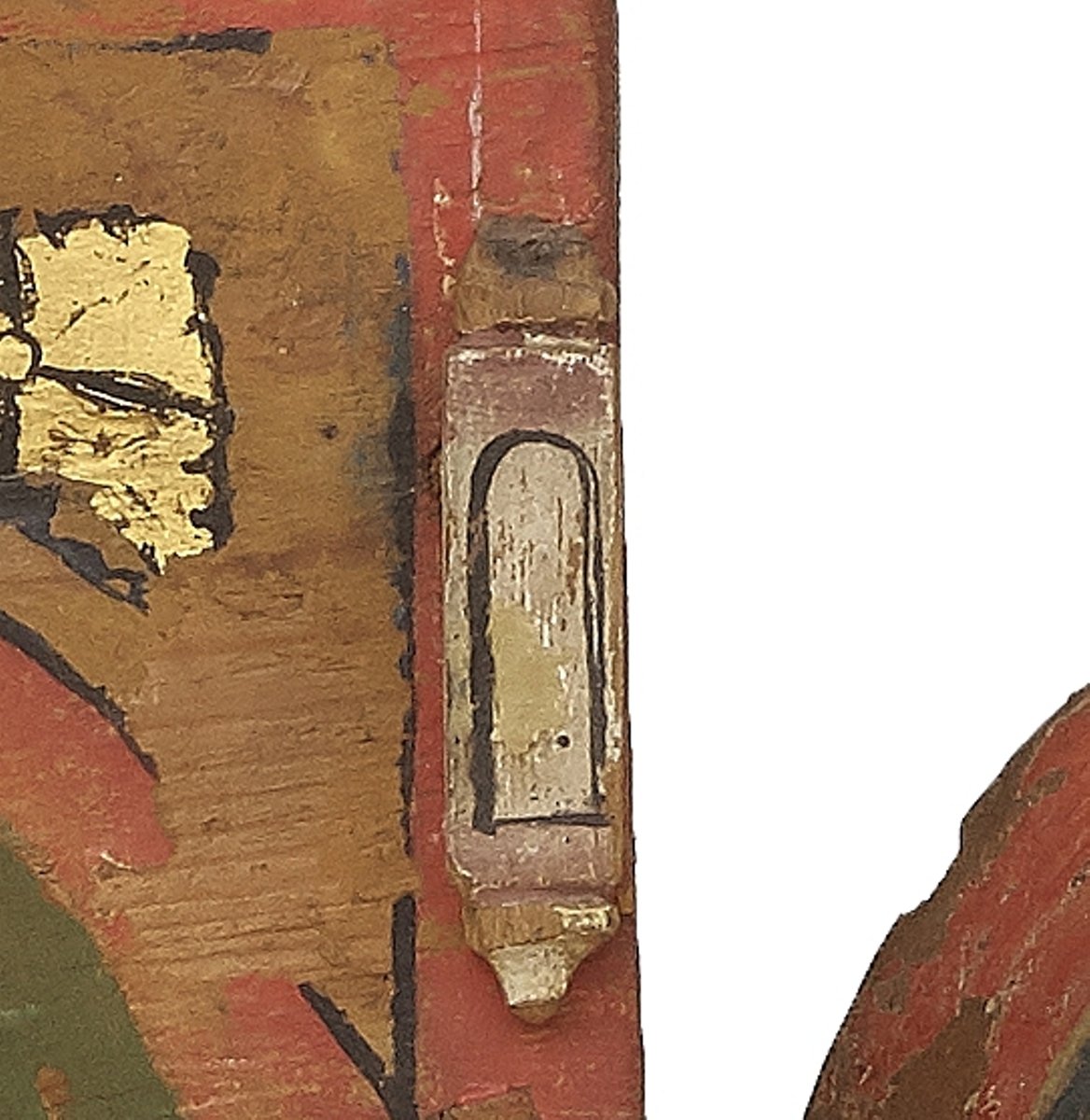
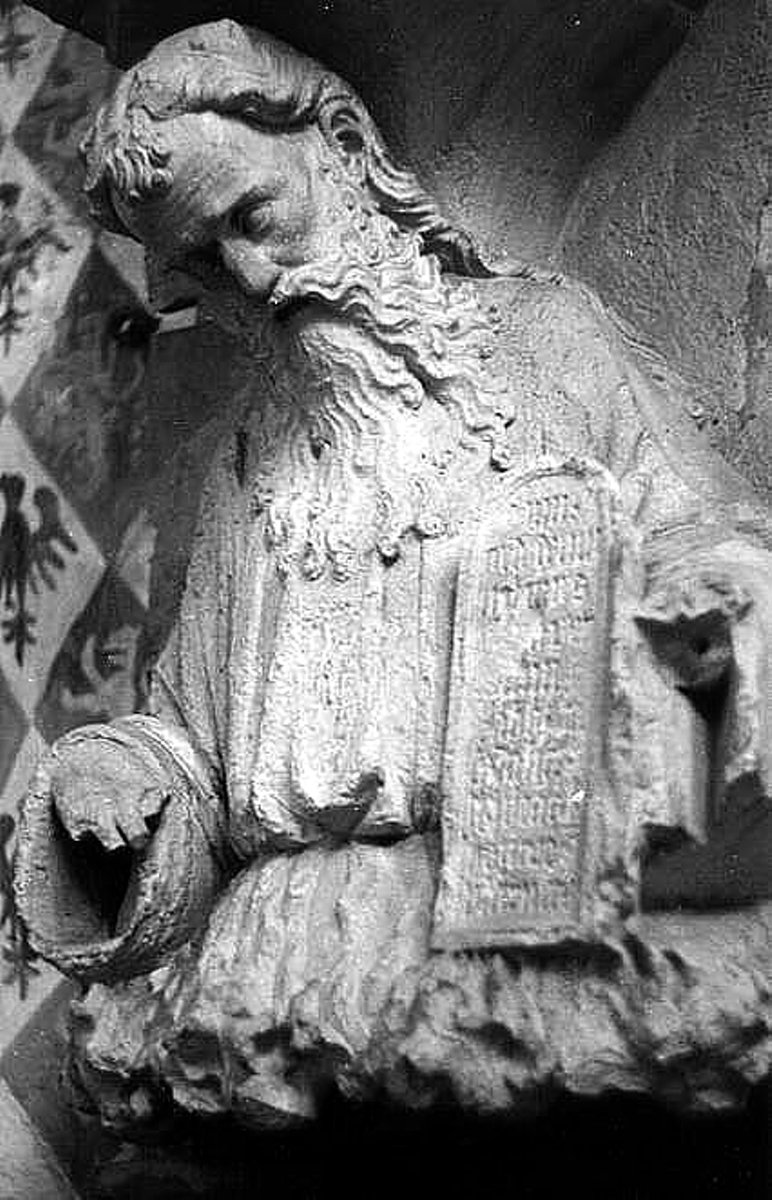

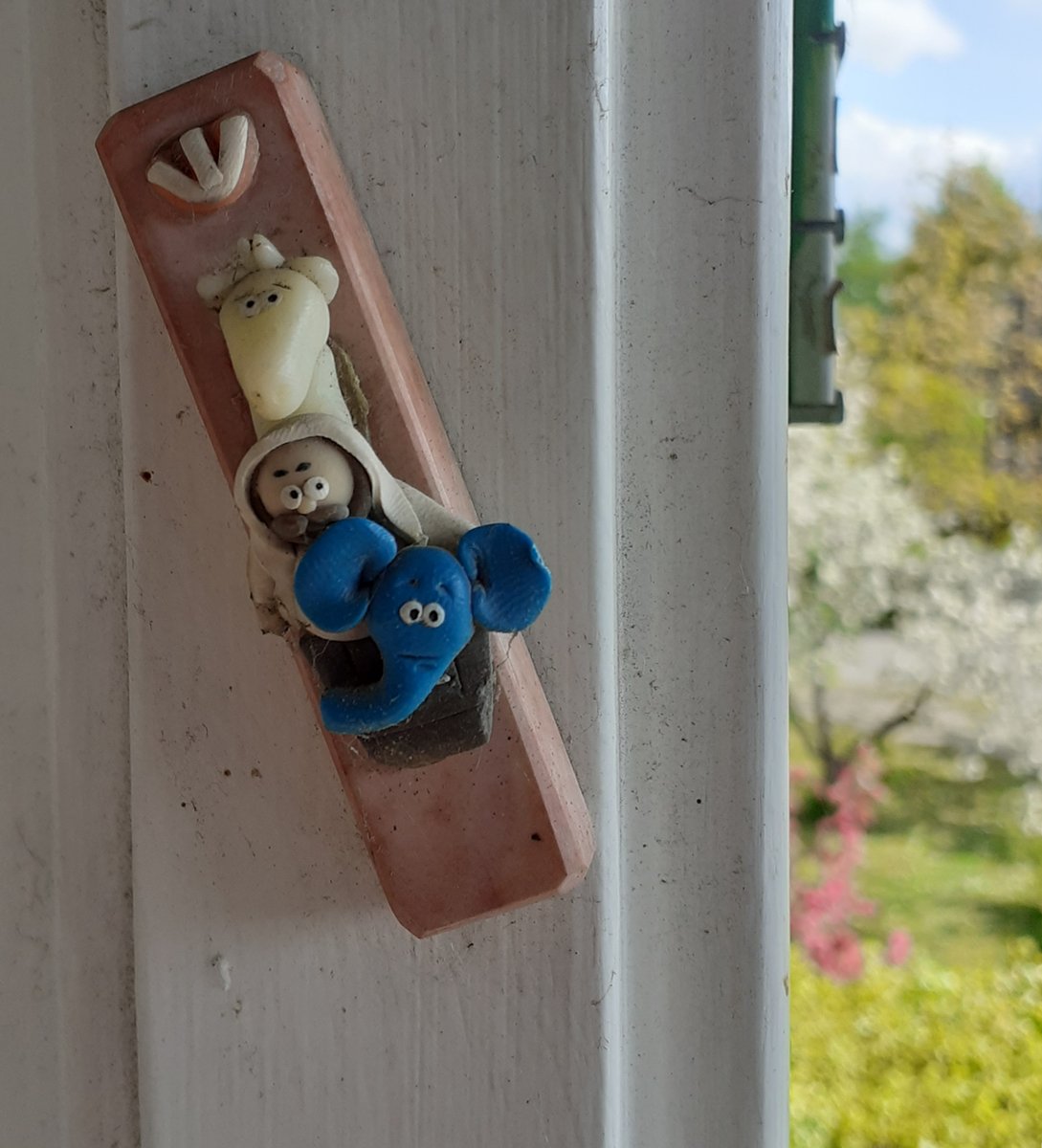

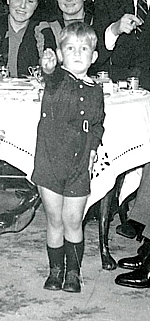
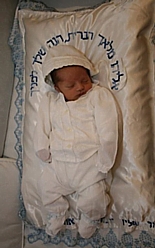

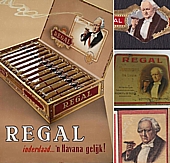
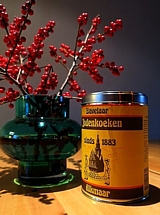
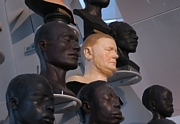
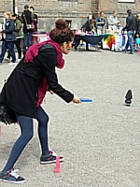



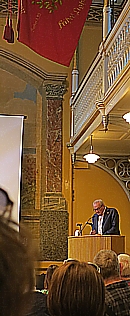
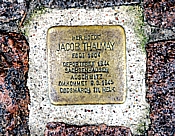

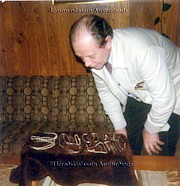
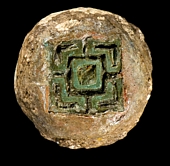
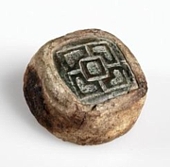

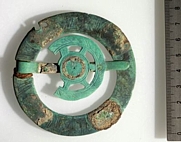
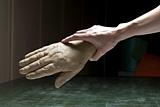
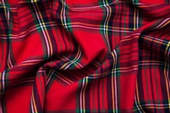
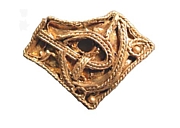
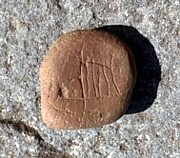

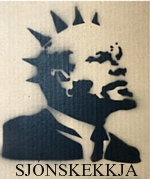
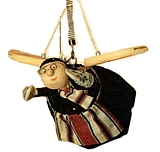
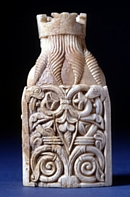
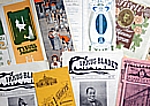

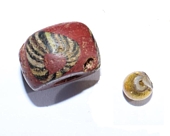
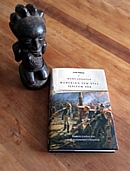
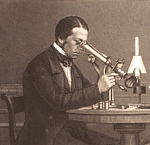

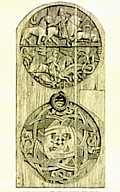

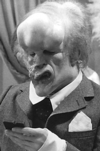
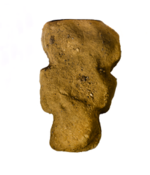
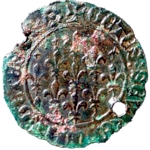
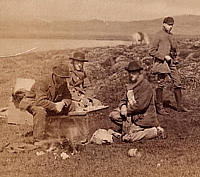
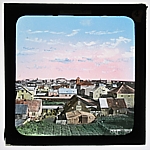
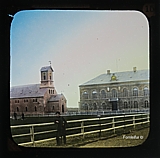
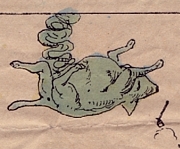
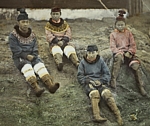

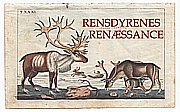
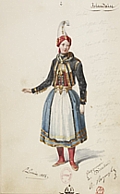
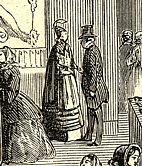

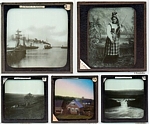
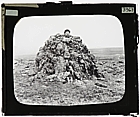
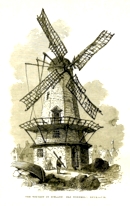

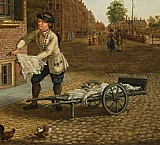
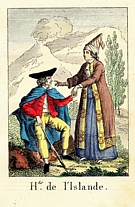

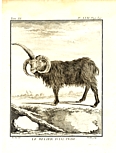
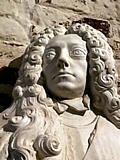
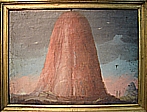
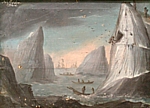
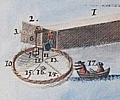
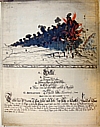
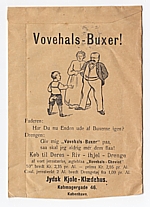
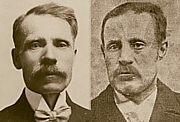


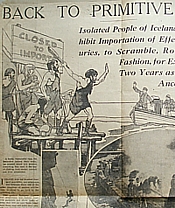

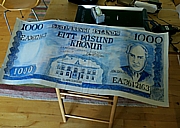
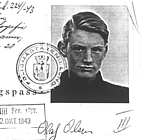

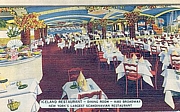
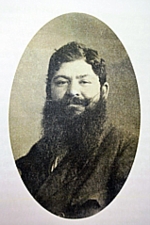
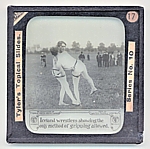
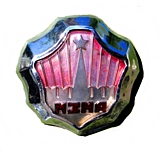
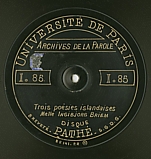

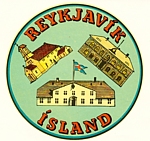
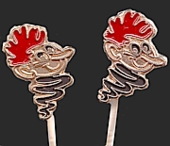
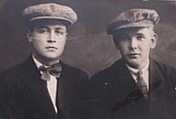


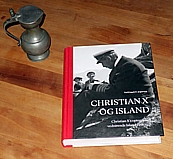

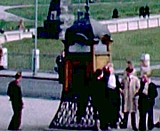

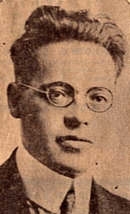
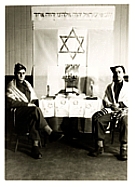
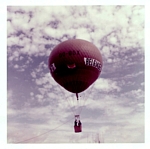

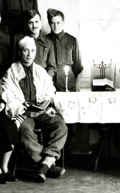
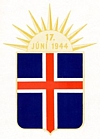
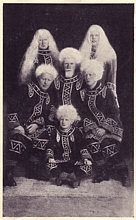
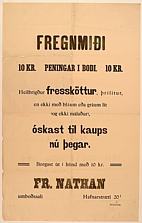
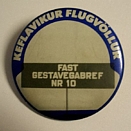
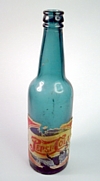
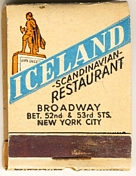
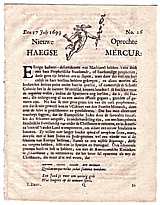
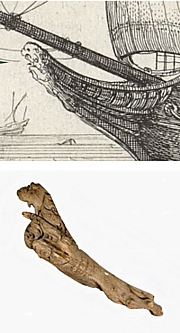
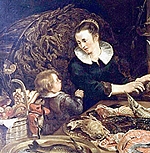
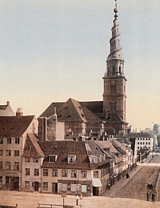


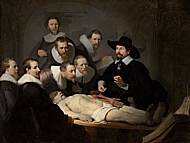
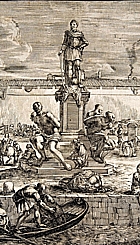

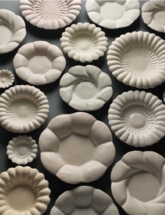
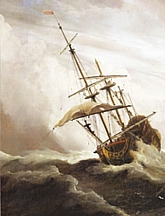
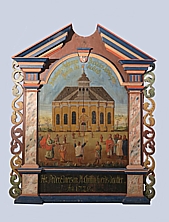
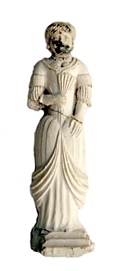

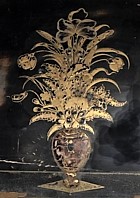

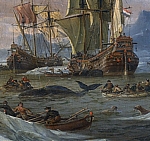
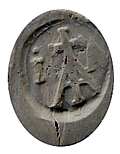
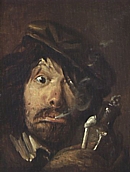

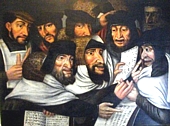
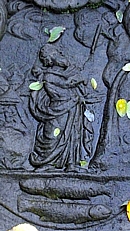

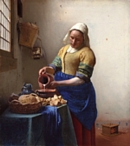
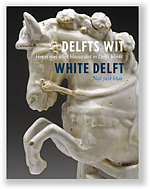
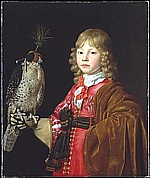

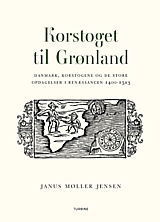

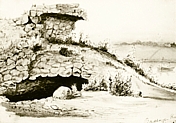
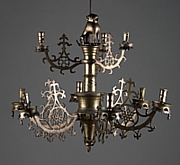
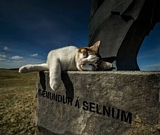
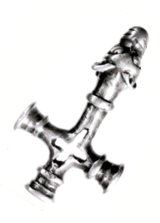
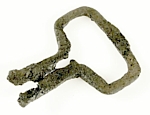
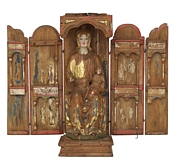

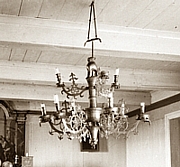
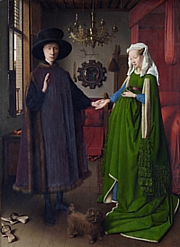


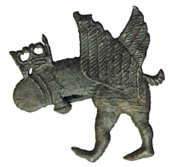

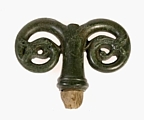
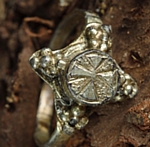


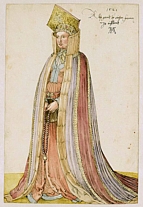
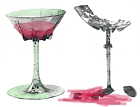

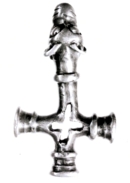
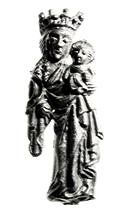


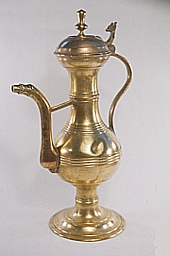
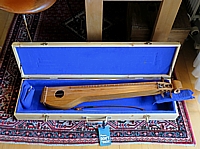
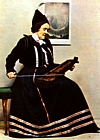

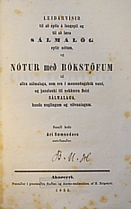
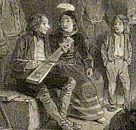
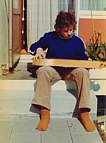
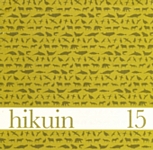

Bćta viđ athugasemd [Innskráning]
Ekki er lengur hćgt ađ skrifa athugasemdir viđ fćrsluna, ţar sem tímamörk á athugasemdir eru liđin.